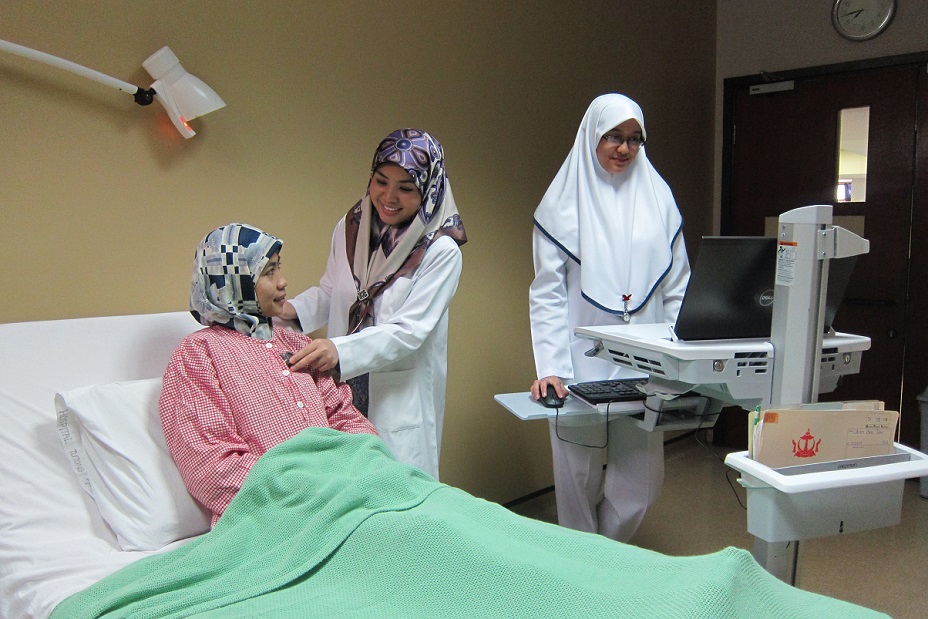Overview
ASEAN countries’ geology contributes to its title as the most disaster-prone region amongst other countries in the world. Hence, disasters like earthquakes, floods, and environmental pollution could expose the people living in the Southeast Asian region to become more susceptible to diseases. With the rise of these disasters, as well as the COVID-19 pandemic during 2020, healthcare has become a global phenomenon that is constantly emphasized on ever since.
The Pandemic and NCDs
Nowadays, noncommunicable diseases, or NCDs (i.e. Cancer, cardiovascular diseases, and diabetes) are becoming a major concern and burden of the health of ASEAN member states. According to the World Health Organization, in the Southeast Asian region, approximately 62% of all deaths are mainly caused by NCDs. That’s about 9 million people in one region!
But, it gets worse. During the COVID-19 pandemic, there have been several disruptions in the healthcare system. This contributed to the drastic decline in the number of delays of screenings and treatments for patients with NCDs compared to the number of patients with COVID-19. At the same time, mental health issues and changes in lifestyle during lockdowns have taken a serious toll on the member states. In conformity with WHO, these events gave rise to a steep increase in the total number of deaths during 11th October 2021, with the sum of 268, 669 deaths.
Preventions and Controls
Luckily, ASEAN has taken action in order to ensure its member states are able to achieve maximal health potential. To do this, ASEAN has made progress in fostering a healthy lifestyle and wellbeing for all at all ages. This includes reducing tobacco consumption and harmful use of alcohol, promoting mental health and good nutrition as well as prevention and control of NCDs. Moreover, strengthening the healthcare system and ensuring that it is safe and accessible to everyone. A great example of this is the healthcare in Brunei Darussalam, Malaysia, and Thailand which have covered nearly 100 percent of their population under their Universal Health Coverage (UHC) programs.

Conclusion
Evidently, all of these actions cannot be done by merely one person. Therefore, a multi sectoral approach is necessary in order to coordinate these initiatives and ensure that every individual and communities of all member states take action on their health and wellbeing. As famous politician Mahatma Gandhi had once said, “It is health that is real wealth and not pieces of gold or silver”. You may lose a few dollars but still be well off. But when you lose health, you lose everything.
References
Health and health-care systems in Southeast Asia: diversity and transitions. (2010). National Library of Medicine. https://www.ncbi.nlm.nih.gov/pmc/articles/PMC7159068/#:~:text=The%20health%2Dcare%20systems%20are,health%20services%20for%20the%20poor.
Health care services. (2016, January 22). Project on Strengthening Technical Competency for Consumer Protection in ASEAN. https://asean.org/wp-content/uploads/2021/01/Health-Care.pdf
Better health for future generations. (2023, September 29). The Asean. https://theaseanmagazine.asean.org/article/better-health-for-future-generations/
COVID-19: Highlights and situation overview. (2021, October 11). COVID-19 Situational Report in the ASEAN Region. https://asean.org/wp-content/uploads/2021/10/COVID-19_Situational-Report_ASEAN-BioDiaspora-Regional-Virtual-Center_11Oct2021.pdf
Universal Health Coverage in ASEAN. (2020, July 3). The Asean. https://theaseanmagazine.asean.org/article/universal-health-coverage-in-asean/

